Comprehensive Linear Modeling with R
Learn to model with R: ANOVA, regression, GLMs, survival analysis, GAMs, mixed-effects, split-plot and nested designs
4.18 (145 reviews)
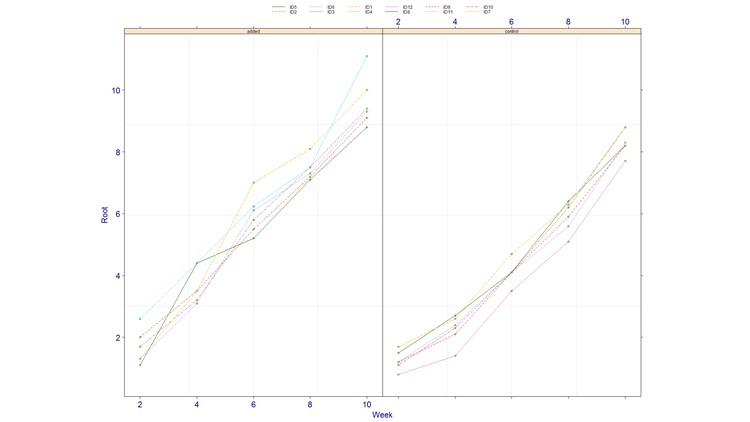
2,427
students
14.5 hours
content
Sep 2020
last update
$39.99
regular price
What you will learn
Understand, use and apply, estimate, interpret and validate: ANOVA; regression; survival analysis; GLMs; smoothers and GAMs; longitudinal, mixed-effects, split-plot and nested model designs using their own data and R software.
Achieve proficiency using the popular no-cost and versatile R Commander GUI as an interface to the broad statistical and graphical capabilities in R.
Know and use tests for simple, conditional, and simultaneous inference.
Apply various graphs and plots to validate linear models.
Be able to compare and choose the 'best' among multiple competing models.
Screenshots
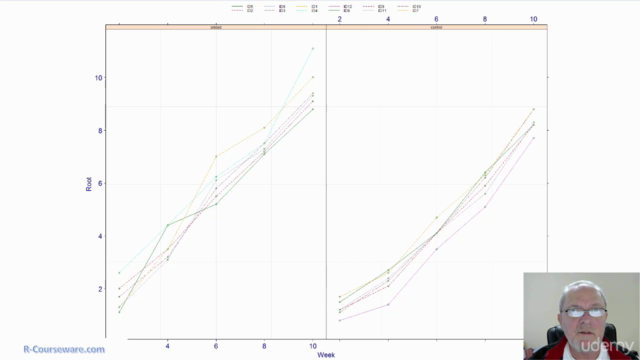
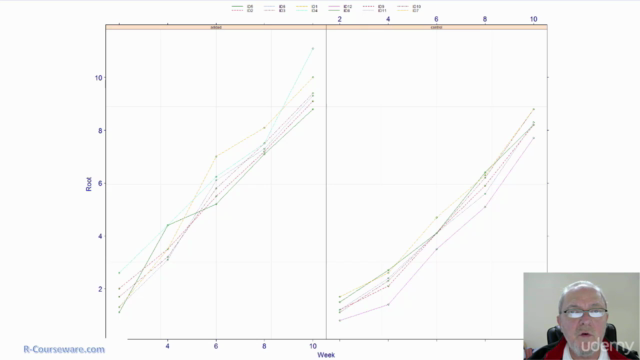
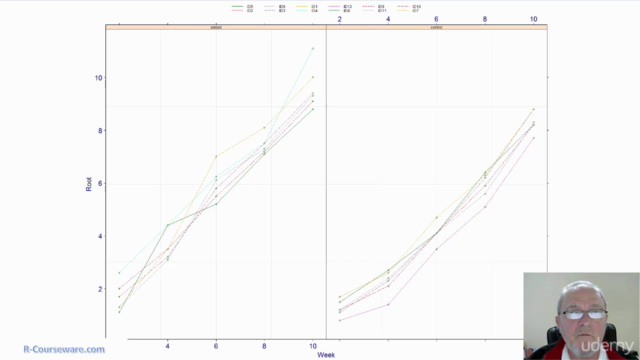
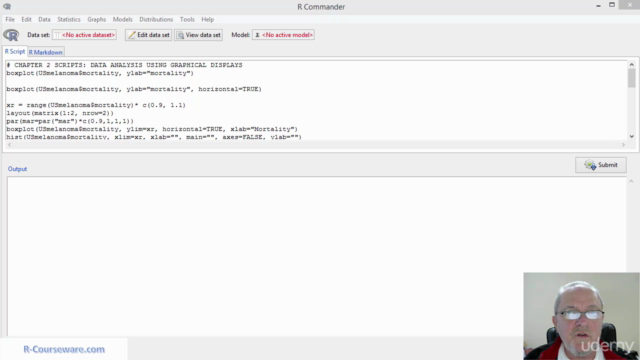
Related Topics
690278
udemy ID
12/6/2015
course created date
11/22/2019
course indexed date
Bot
course submited by